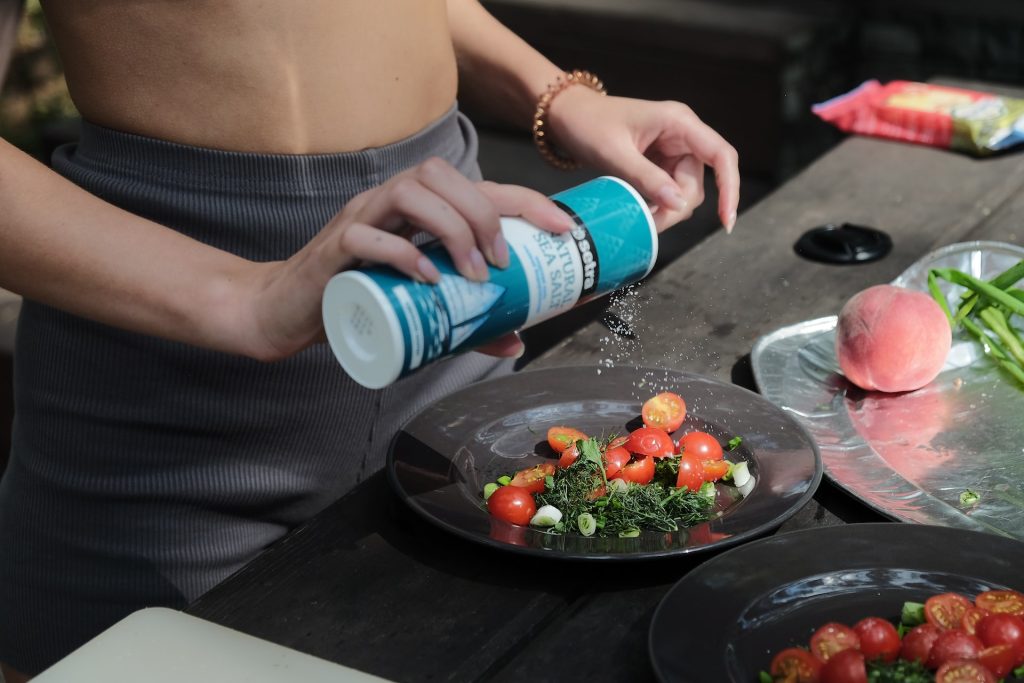Looking to improve your cardiovascular health in the new year? There are many easy changes you can make for better health: eat more whole foods, get more physical activity, focus on high-quality sleep, reduce stress, and learn CPR, among others. One way to reduce your risk of heart disease and stroke is to lower your salt intake.
Sodium and Heart Disease
Excess salt intake is a known risk factor for heart disease and stroke. High sodium levels increase blood pressure and cause plaque to accumulate in the blood vessels. Because an estimated 90 percent of Americans consume more sodium than is recommended, it’s something that we should all be aware of.

4 Tips to Lower Salt Intake
- Start Gradually: For long-term success, make the switch gradually. Mix low-sodium and regular foods, and add just a little less salt every time you cook. This will help you adjust more easily and sustainably.
- Buy Fresh or Frozen: Canned vegetables and beans are often high in sodium. Choose frozen, dried, or fresh whenever possible.
- Eat More Potassium: Potassium counters the effects of sodium in the body. Foods such as bananas, tomatoes, cantaloupe, oranges, and beans are good sources of this vital nutrient. (Learn more about the power of potassium: Potassium Can Lower Heart Disease Risk)
- Get Creative with Flavor: Instead of adding salt, season food with other spices, herbs, vinegar, garlic, oils or citrus. Always taste food before adding salt!
What’s the best way to protect the hearts of those you love? Sign up for a CPR training course! HeartCert offers a variety of CPR certification classes across the country and online. Find your CPR class today!
HeartCert CPR is your trusted training partner for CPR, ACLS, PALS, EMR, First Aid, CNA, IV, EKG and more.
HeartCert CPR courses include CPR/AED/First Aid, Basic Life Support (BLS), Advanced Cardiac Life Support (ACLS), Pediatric Advanced Life Support (PALS), Certified Nursing Assistant training, IV training, EKG training, babysitter basics and more. Courses and certifications from both the American Heart Association and American Red Cross are available.
We are now offering virtual CPR courses and certifications. We offer safe in-person courses at all HeartCert locations throughout the United States, including our headquarters, HeartCert CPR Eagan.
This is an updated blog post that was originally published in 2019.


Leave a Reply